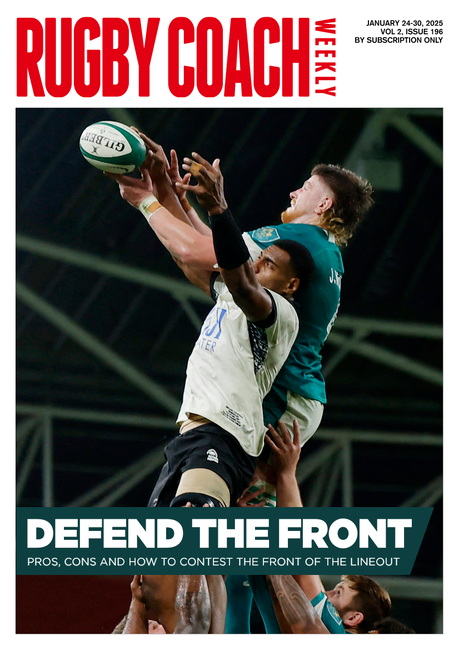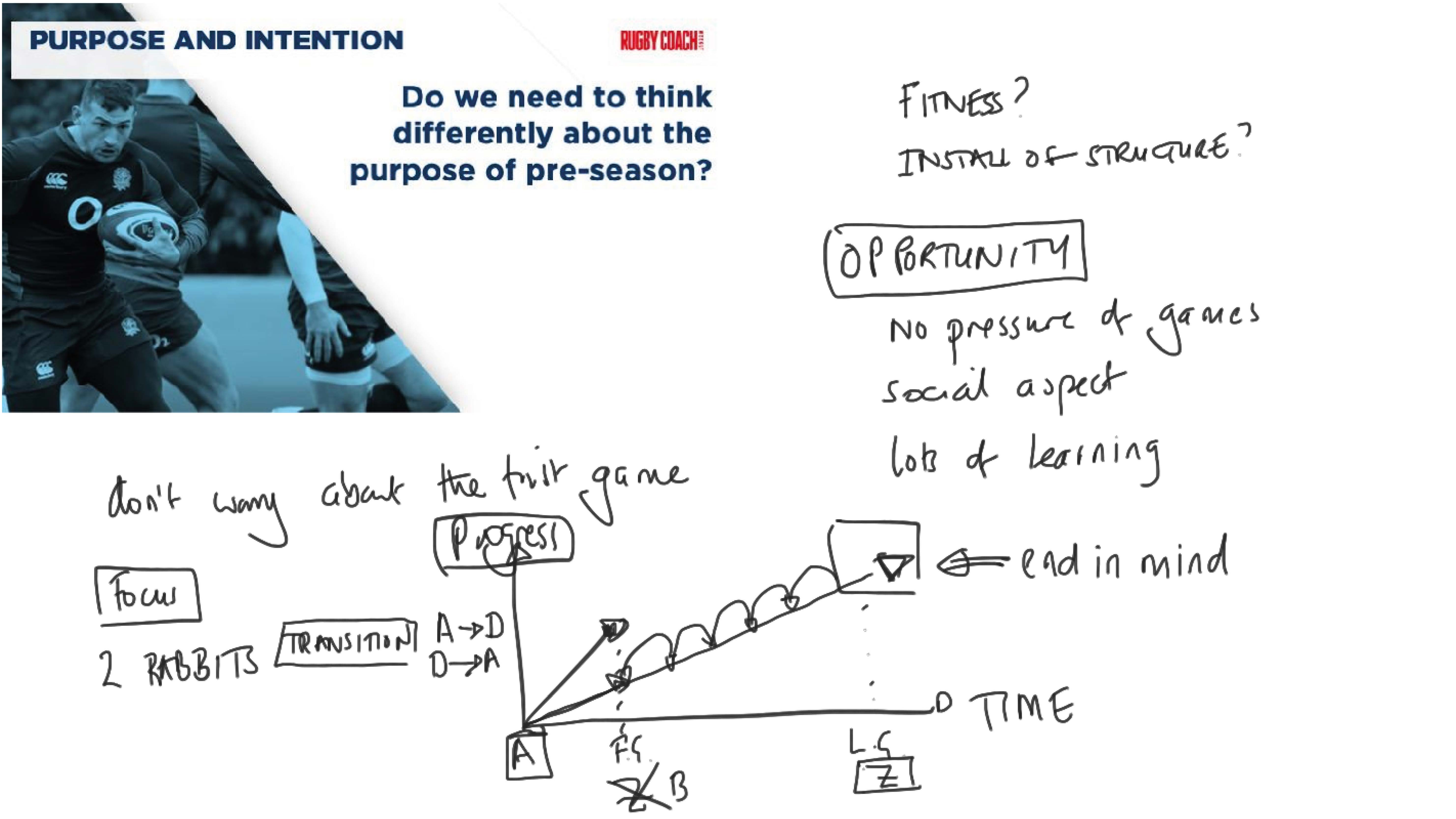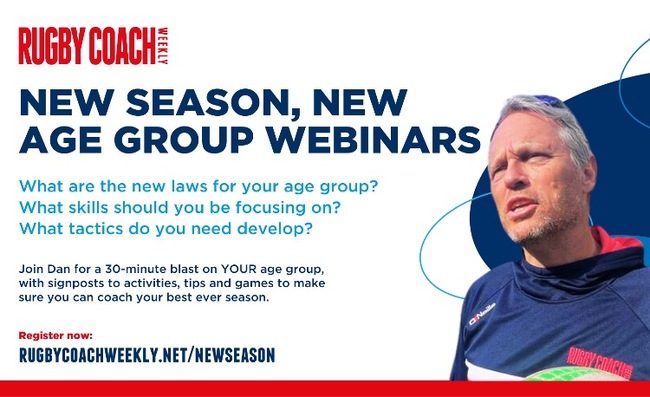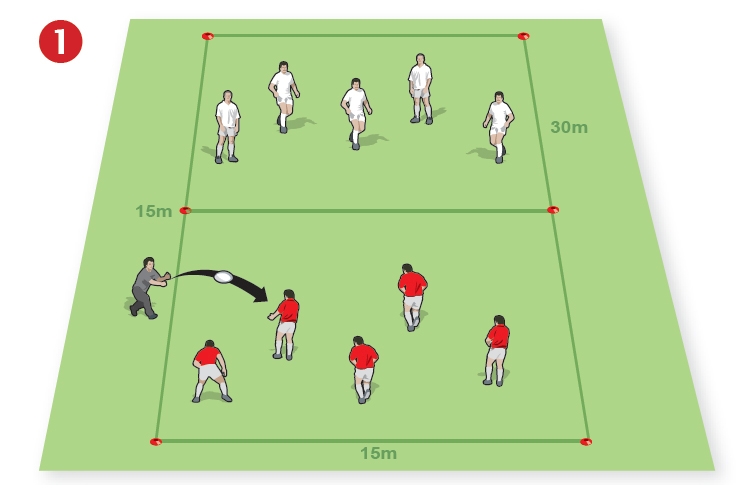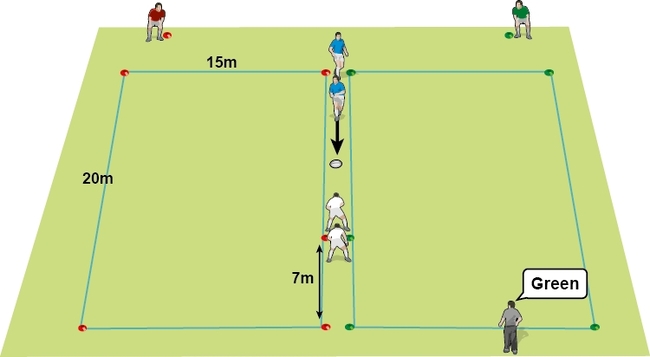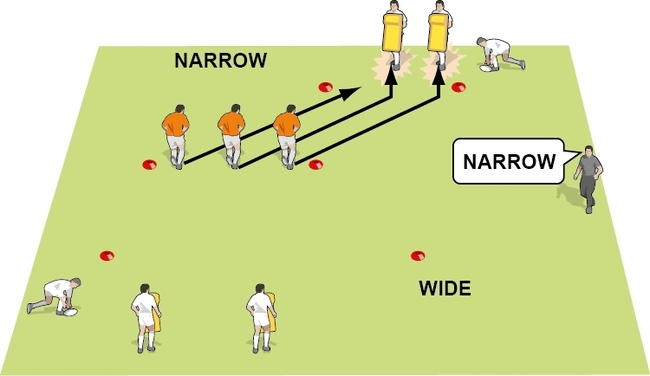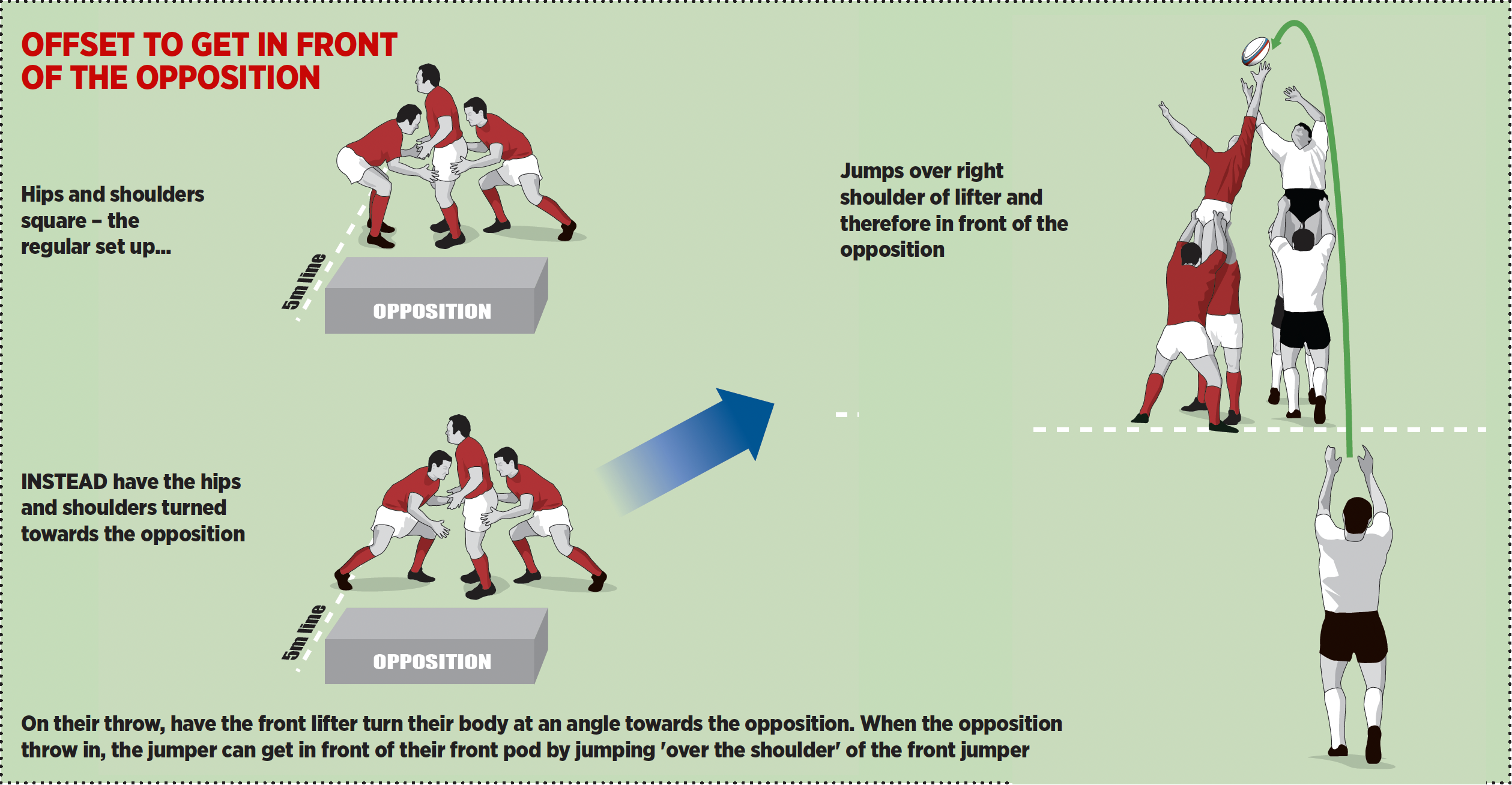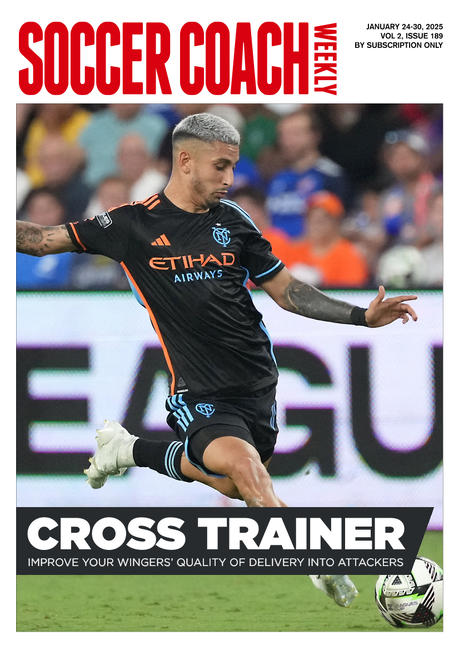Great player in-game questions for Ready 4 Rugby
Use these questions to support planning and reflection in your players as they are playing Ready 4 Rugby matches/training.
Below each question, I add some of the possible answers and follow up questions. Of course, the players may come up with even better thoughts.
THE QUESTIONS
POSSESSION FOCUSED
- What are some of the key elements for attackers to focus on within each principle of play?
- How can the attacking team be most effective within the four allocated phases to ensure they reach the attack zone?
- What can we do as attackers to manipulate the defenders and create opportunities to score?
- How best can we utilise kicking within the attack zone to manipulate the defence and score?
- How might we score from anywhere on the field whilst using as small a number of phases as possible?
NON POSSESSION FOCUSED
- What are the key actions for defenders to focus on within each principle of play?
- How can we be most effective in making two touch tackles?
- How will we organise our defence if they reach the attacking zone and gain another four phases?
POSSESSION FOCUSED
What are some of the key elements for attackers to focus on within each principle of play?
Go Forward Scanning and attacking the best space, decision-making (run/pass/kick) and evasion.
Support Communication: what can you see, how can you help inform the ball carrier. Scanning and running lines.
Continuity Continuity hierarchy. This is applicable to the full-contact version of the game - pass before contact, pass out of contact, pass on the way to the floor, pass from the floor, pick and play, present.
Create Pressure – Ball retention: linked to the continuity hierarchy. Speed of ball away from the point of contact into space.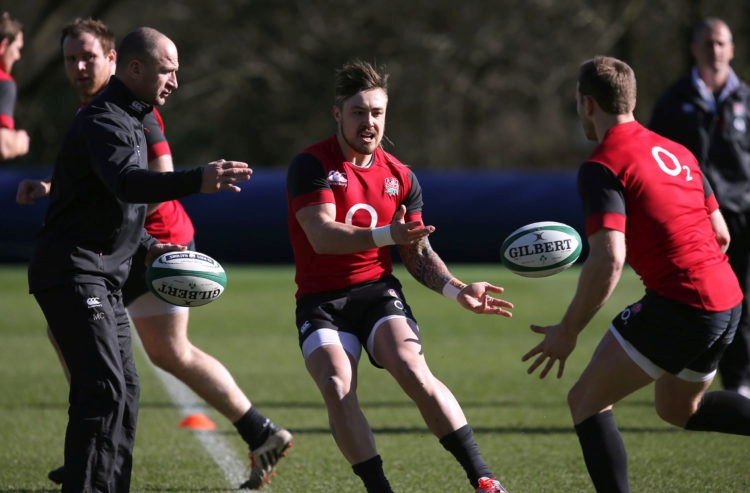
How can the attacking team be most effective within the four allocated phases to ensure they reach the attack zone?
The field position, speed of the ball and defensive organisation will have a large impact on what opportunities are available. Teams may look to score quickly with minimal phases against a disorganised defence which has left lots of space available.
Alternatively, teams may need to be more patient and look to create an opportunity by creating disorganisation and space amongst the defensive team within the four phases. Ask players what they see and what solutions do they think will be most effective to enable them to score.
What can we do as attackers to manipulate the defenders and create opportunities to score?
- Evading touches with good footwork and pace.
- Passing in front of the player running on to the ball to maintain momentum.
- Overload the attack so it has more attackers than defenders in one space on the field.
- Work to create mismatches (fast player on slower player).
- Scan for the best space on the field and communicate effectively to get the ball played there whether it is from a kick, run or pass.
- Be creative and deceptive in how you attack. Defences love predictability. How can you look like you’re going to do one thing then do another?
- Work hard after you’ve touched the ball to get a second touch or influence the game again.
- High levels of work rate to create fatigue in the defence.
How best can we utilise kicking within the attack zone to manipulate the defence and score?
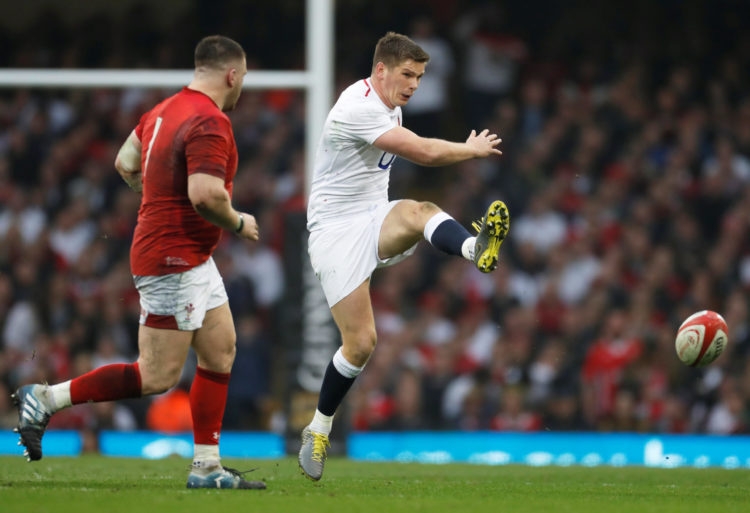 Scan for the best space and be aware of the fact it may be behind the defensive line.
Scan for the best space and be aware of the fact it may be behind the defensive line.
Vary the type of kicks you use.
Grubber kick – A grubber into the try area can be very effective as if you are there first you can ground it for a try, they also move about so may not be easy to pick up for a defender.
Crossfield kick – Enables you to play to a space a long way away quickly and hopefully has you catching a ball under minimal pressure or in a one on one. Attackers who maintain their width means a cross-kick is always an option or if the defender marks that attacker it may create space somewhere else.
Chip kick – the chip can get the ball into space fast by going over the oncoming defenders. Looking to draw the defenders in which could leave space behind and putting enough height on the kick is vital.
How might we score from anywhere on the field whilst using as small a number of phases as possible?
Playing to the best space possible after a turnover may give the team the best chance of scoring fast as the opposition will be disorganised.
Consider this like a race. Can the attack get the ball moving into space faster than the defence can get organised to stop it?
Once the attack has exploited the defence then aim to not let them settle. Good levels of support, offloads before a touch or after one touch could ensure the ball doesn’t stop so the defence never has a chance to get organised.
Kicks which force a defence to turn around and chase back whilst your fast players are sprinting hard from an onside position when they have communicated to kick gives you a big advantage in getting the ball back.
NON POSSESSION FOCUSED
What are the key actions for defenders to focus on within each principle of play?
Go Forward Scanning, organising and communicating to cover the available space on the field. Good speed of organisation so the defence is ready to go forward before the ball has been played by the attack
Support Communication: what can you see, how can you help inform the other defenders. Scanning and working in your chain: the player inside you, you in the middle, the player outside you. This is replicated down the line so everyone links with those inside and outside them but ensures you don’t have to ever worry about more than two people plus yourself.
Create Pressure Work to take away time, space or players. Going forward reduces space and time, being organised and going forward reduces the available attacking support play options, forcing the attacker the make decisions quicker than they would like. Creating high levels of pressure will likely force errors from the attack or bad decisions.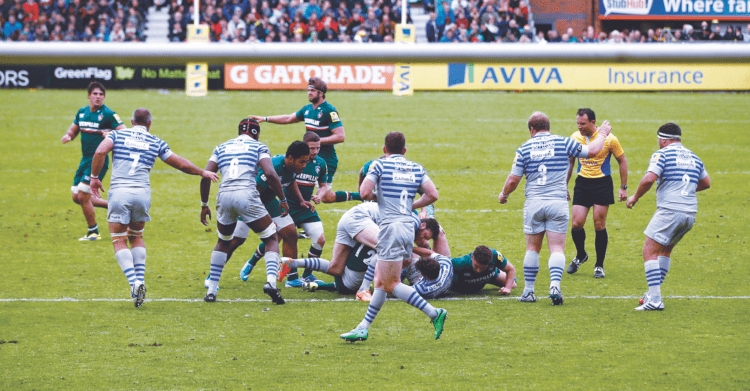
How can we be most effective in making two touch tackles?
Scanning, communicating effectively and high levels of work rate should allow you to be organised which is crucial to enable the defence to pressurise the attack and make touch touches quickly.
Players making touches need to communicate constantly to ensure they do not touch the carrier at the same time as this is classed as one touch.
Getting a lead toucher and secondary toucher to recognise which one they are is vital.
Working off visual cues like the ball carrier tucking the ball under one arm are important factors in knowing when to go for a quick two touch and when to wait, make one and see what they do.
The worst-case scenario is a ball carrier who draws to touchers and then passes before they make the touch and gets the ball into space.
How will we organise our defence if they reach the attacking zone and gain another four phases?
The position of the ball on the field may have a big influence on what the defence does.
If the ball is to one side of the field, near a touchline then there is an opportunity to shut down a large amount of space by going forward quickly and putting the attack under pressure.
The attack can only play one way and as a defence we know where this is going to be (unless they kick over the top). Using this to the defence’s advantage, the aim here would be to not allow the ball to reach the middle of the pitch and to touch them behind the gain line.
Alternatively, if the ball is in the middle of the field then the attack could play both ways and the defence will need to be aware of this.
If the attack play to where the defence has less numbers then the defence may need to trade space for time and use the touchline as a defender.
However, if the attack plays to a side where the defence does have numbers then they have to go forward quickly to apply lots of pressure and shut down the options available to the attack. This is only able to happen if the work rate is faster than the speed of the attacking team’s ball and the defence scan and communicate effectively.
Newsletter Sign Up
Coaches Testimonials

Gerald Kearney, Downtown Las Vegas Soccer Club

Paul Butler, Florida, USA

Rick Shields, Springboro, USA

Tony Green, Pierrefonds Titans, Quebec, Canada
Subscribe Today
Be a more effective, more successful rugby coach
In a recent survey 89% of subscribers said Rugby Coach Weekly makes them more confident, 91% said Rugby Coach Weekly makes them a more effective coach and 93% said Rugby Coach Weekly makes them more inspired.
Get Weekly Inspiration
All the latest techniques and approaches
Rugby Coach Weekly offers proven and easy to use rugby drills, coaching sessions, practice plans, small-sided games, warm-ups, training tips and advice.
We've been at the cutting edge of rugby coaching since we launched in 2005, creating resources for the grassroots youth coach, following best practice from around the world and insights from the professional game.

